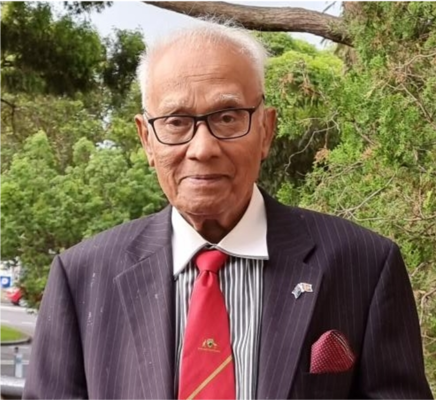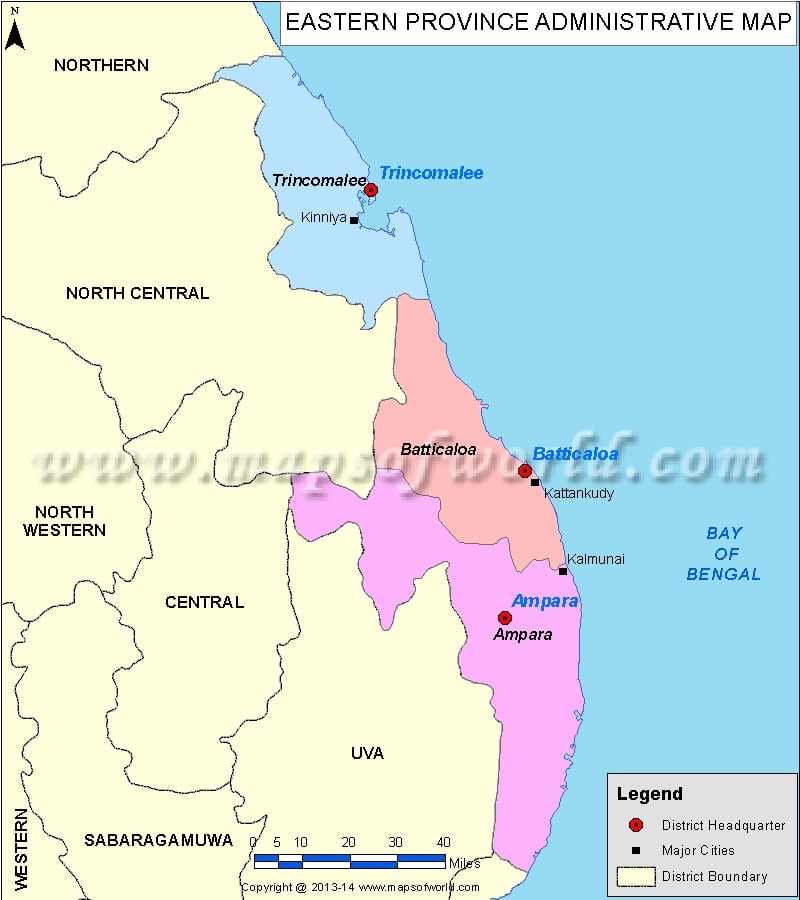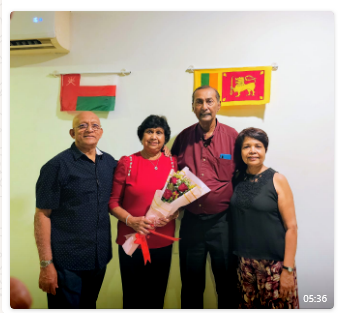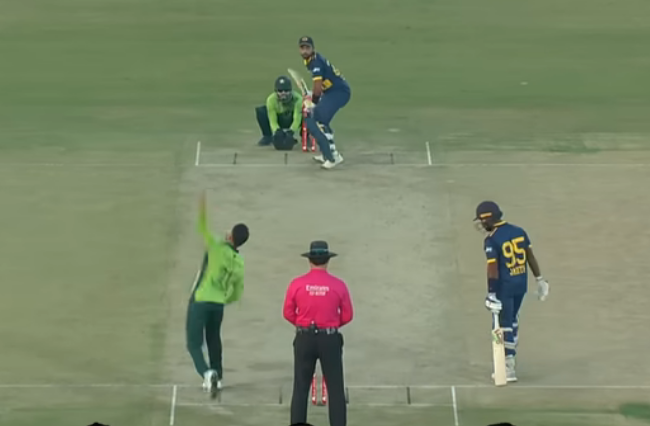Regional Development: Sri Lanka and India Sign MoU for Eastern Province Projects – By Dr Harold Gunatillake

Collaborative Efforts to Enhance Socio-Economic Development in Eastern Sri Lanka
Overview:
In a significant development during Prime Minister Narendra Modi’s visit to Sri Lanka, India has committed a $2.4 billion aid package to support the development of Sri Lanka’s Eastern Province. This financial assistance forms part of a broader initiative to enhance bilateral relations, with particular emphasis on energy, infrastructure, and regional cooperation. Prime Minister Modi’s engagements with Sri Lankan President Anura Kumara Dissanayake exemplify the deepening partnership between the two nations. This initiative is anticipated to foster economic growth, improve connectivity, and strengthen resilience within Sri Lanka’s eastern region.
Image Source : mapsofworld.
On 5 April 2025, the Government of Sri Lanka and the Government of India formalised their commitment to enhancing bilateral relations and promoting regional development through the signing of a Memorandum of Understanding (MoU) for the implementation of a series of development projects in Sri Lanka’s Eastern Province. This accord is part of the broader Indian Multi-Sectoral Grants
initiative, which aims to address vital socio-economic needs within neighbouring regions. India has committed a substantial grant of Rs. 2,371.83 million to support 33 meticulously selected projects, each targeting key sectors such as infrastructure, education, healthcare, and community empowerment.
The structure of the arrangement under the MoU is designed to promote transparency and customised implementation. A separate agreement will be executed for each project between the Indian High Commission and Sri Lanka’s Ministry of Public Administration, Provincial Councils, and Local Government. This methodology enhances oversight and ensures that each project aligns with local needs and priorities. The Cabinet of Ministers has endorsed the proposal submitted by the Minister of Public Administration, Provincial Councils, and Local Government, thereby authorising the commencement of the execution of these 33 individual MoUs.
Socio-economic Needs
Key socio-economic needs and grant allocations Education
Eastern Sri Lanka has a high youth and female unemployment rate, particularly among the educated. The Indian grant aims to address this by investing in educational infrastructure and facilities.
Grant allocation: Rs. 315 million.
Need: Improving educational infrastructure, vocational training, and IT facilities in rural areas can help reduce school dropouts and prepare youth for better employment opportunities.
Health
The quality of healthcare infrastructure and services remains a challenge in the region.
Grant allocation: Rs. 780 million.
Need: Funds are needed to upgrade peripheral and teaching hospitals and establish rural health clinics to improve health indicators, such as maternal and infant mortality rates.
Agriculture and fisheries
The Eastern Province has a strong agricultural base, but outdated practices and insufficient infrastructure have hampered productivity. The fisheries sector, vital to many coastal communities, was also heavily restricted during the conflict.
Grant allocation: Rs. 620 million. Need:
Rehabilitating irrigation systems and tanks to increase crop cultivation, particularly high-value traditional crops.
Introducing advanced farming technologies and expanding extension services.
Enhancing value-added products from farming and fishing, such as dried or canned fish and other food processing.
Infrastructure and connectivity
Inadequate roads, water supply, and electricity have constrained economic growth and connectivity, especially in rural areas.
Grant allocation: Not specified, but included under broader development projects.
Need: Reconstructing and improving roads and bridges to connect villages with urban centres, reducing transportation costs and improving market access for agricultural goods.
Tourism
The Eastern Province’s rich biodiversity and coastal areas have high tourism potential, but the conflict severely impacted the industry and still lacks the necessary infrastructure and investment.
This fantastic collaborative effort is expected to bring meaningful improvements to the lives of people in the Eastern Province. It aims to tackle long-standing challenges while supporting economic growth and social unity. By working together across different sectors, both countries show their strong commitment to a lasting partnership and sustainable progress. The signing of the MoU and the following agreements mark an exciting new chapter in Indo-Sri Lankan relations, highlighting how international cooperation can really make a positive difference in local communities.
Image Source :business
According to a statement issued by the High Commission of India in Sri Lanka in September, the Indian Government maintains a cooperation portfolio valued at $5 billion with Sri Lanka, primarily through its investment in the Karainagar shipyard.
The “Karianaga shipyard” is the Karainagar Boatyard, a facility in Sri Lanka that was recently renovated with grant assistance from the Indian government.
Additionally, the Government of India has allocated INR 450 million for Sri Lanka’s digital identity initiative, scheduled to commence in March 2026. Indian media reports indicate that approximately INR 3 billion has been allocated in the 2025 budget for assistance to Sri Lanka. Furthermore, in April 2025, Sri Lanka completed its debt restructuring agreement with India, amounting to $1.4 billion, during the visit of Indian Prime Minister Narendra
Modi to the island nation. The thirty-three Memoranda of Understanding are to be executed individually between the Indian High Commission and the Ministry of Public Administration, Provincial Councils, and Local Government concerning each project, to be implemented in accordance with the provisions of each respective MoU.
End






)
















